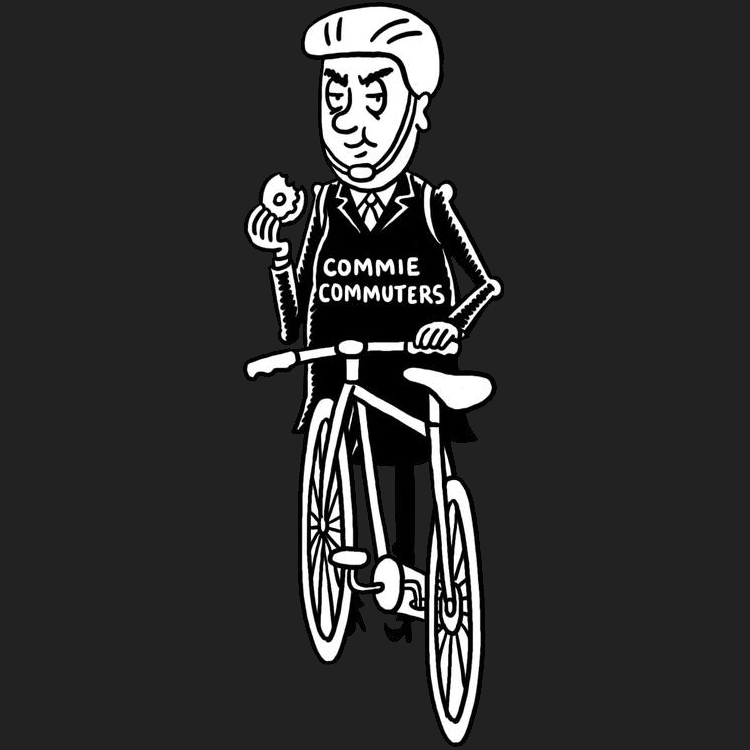one of the cultural artifacts of American Imperialism that is still highly relevant today
https://en.wikipedia.org/wiki/Victory_Through_Air_Power_(film)
Victory Through Air Power is an American animated documentary propaganda film produced by Walt Disney Productions and released by United Artists on July 17, 1943. It is based on the 1942 book Victory Through Air Power by Alexander P. de Seversky.
On December 8, 1941, Disney studios were essentially converted into a propaganda machine for the United States government. While most World War II films were created for training purposes, films such as Victory Through Air Power were created to catch the attention of government officials and to build public morale among the U.S. and Allied powers. Among the notables who decided after seeing the film that Seversky and Disney knew what they were talking about were Winston Churchill and Franklin D. Roosevelt.
The phrase “terror bombing” entered the English lexicon towards the end of World War II and many strategic bombing campaigns and individual raids have been described as terror bombing by commentators and historians. Because the term has pejorative connotations, some, including the Allies of World War II, have preferred to use euphemisms such as “will to resist” and “morale bombings”.
https://en.wikipedia.org/wiki/Strategic_bombing
This Disney propaganda film inspired the bombing campaigns of civilians and urban centers by the US and UK during WW2.
Also a bit of context on the author of the book:
https://en.wikipedia.org/wiki/Alexander_de_Seversky
Of noble Russian parentage, Seversky was born in Tiflis, Russian Empire (now Tbilisi, Georgia). He entered a military school at age 10. Seversky’s father was one of the first Russian aviators to own an aircraft and by the age of 14 his father had already taught him how to fly.
During the 1917 Revolution, Seversky was stationed in St. Petersburg and remained in uniform at the request of the commander-in-chief of the Baltic Fleet. In March 1918, he was selected as an assistant naval attaché in the Russian Naval Aviation Mission to the United States. Seversky departed via Siberia and while in the U.S., decided to remain there rather than return to a Russia torn apart by the Revolution. Settling in Manhattan, he briefly operated a restaurant.
As World War II approached, Seversky became engrossed in formulating his theories of air warfare. Shortly after the Attack on Pearl Harbor, he wrote Victory Through Air Power, published in April 1942, advocating the strategic use of air bombardment. [4] The best-selling book (No. 1 on the New York Times bestseller list, appearing first in mid-August 1942 and remaining in first place for four weeks) with five million copies sold. The book’s popularity and hard-hitting message led to Walt Disney adapting the book into an animated motion picture (1943) of the same name where Seversky (who also served as the film’s technical consultant) provided live-action commentary.
This is the proto  and/or Dr. Strangelove before the a-bomb even existed.
and/or Dr. Strangelove before the a-bomb even existed.

